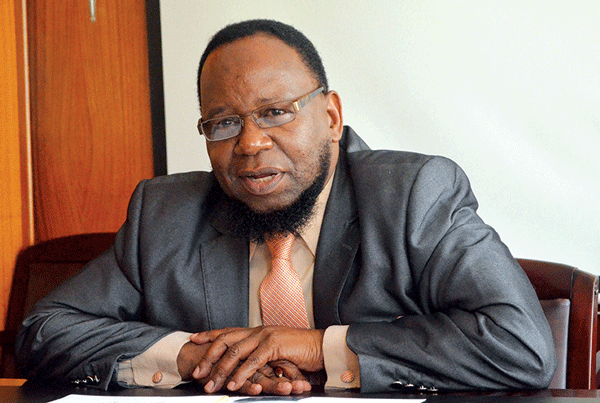
ABOUT 24 384 secondary school students are set to benefit from a $14m grant unveiled by United Kingdom’s Department for International Development (DFID) under the Campaign for Female Education (Camfed).
by JAIROS SAUNYAMA

Speaking during the official launch of the grant at Numwa Secondary School in Wedza on Friday, Primary and Secondary Education minister Lazarus Dokora said the financial gesture had come in handy at a time budget allocations from Treasury had dipped.
“In our strategic plan 2016-2020 we acknowledge our obligation to assist marginalised children as we emphasise on the need to focus resources on those with the greatest need, and address the inequities between school, districts and provinces. It is especially in this niche that my ministry, Camfed and DFID’s interest converge to achieve equity education. Despite receiving the highest allocation in the national budget, our resources have not excluded other players to meet our ambition and commitment,” he said.
The grant is expected to cover 940 schools across the country until 2020 with beneficiaries picked from the country’s 29 most disadvantaged districts.
Speaking at the same event, DFID Zimbabwe head, Annabel Gerry, said: “Investment in education will deliver lasting development outcomes at both individual and national level.
Zimbabwe allocated 20% of the annual budget to education, but the vast majority of this funding is absorbed by employment costs. It is vital that government, over time, can start to increase the proportion of that spends on non-salary costs like books and infrastructure. Only then will Zimbabwe have a truly sustainable model of school financing that can delivers on the constitutional right to a free basic for all.”
It is estimated that about 250 000 Zimbabwean girls aged 13 to 18 remain out of school for various reasons, chiefly financial challenges.











